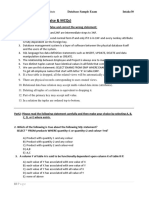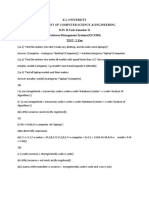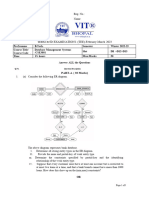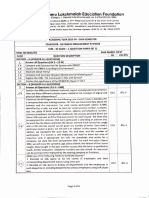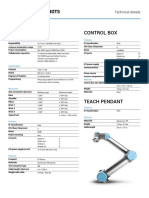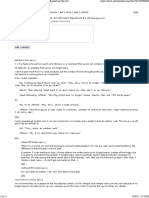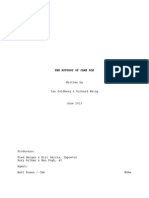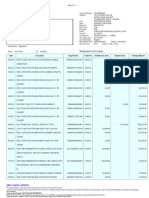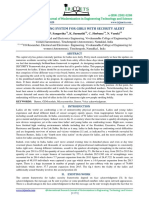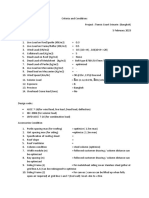0% found this document useful (0 votes)
26 views4 pagesDBMS Model Question Paper 3
This document is a model question paper for the Database Management Systems course for the Fourth Semester End Examination. It includes a variety of questions covering topics such as database concepts, SQL queries, normalization, concurrency control, and transaction properties. Students are instructed to answer five full questions within a three-hour time frame for a maximum of 100 marks.
Uploaded by
bhaskar837421Copyright
© © All Rights Reserved
We take content rights seriously. If you suspect this is your content, claim it here.
Available Formats
Download as DOCX, PDF, TXT or read online on Scribd
0% found this document useful (0 votes)
26 views4 pagesDBMS Model Question Paper 3
This document is a model question paper for the Database Management Systems course for the Fourth Semester End Examination. It includes a variety of questions covering topics such as database concepts, SQL queries, normalization, concurrency control, and transaction properties. Students are instructed to answer five full questions within a three-hour time frame for a maximum of 100 marks.
Uploaded by
bhaskar837421Copyright
© © All Rights Reserved
We take content rights seriously. If you suspect this is your content, claim it here.
Available Formats
Download as DOCX, PDF, TXT or read online on Scribd
/ 4


